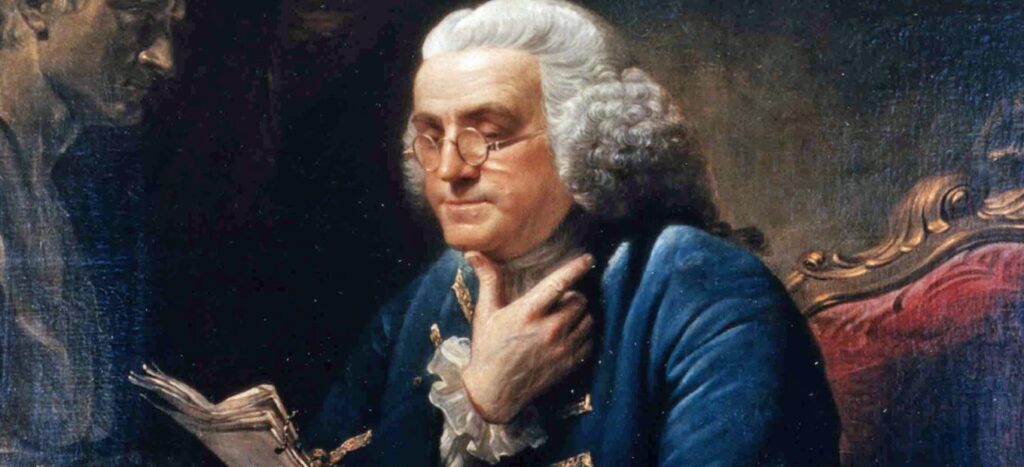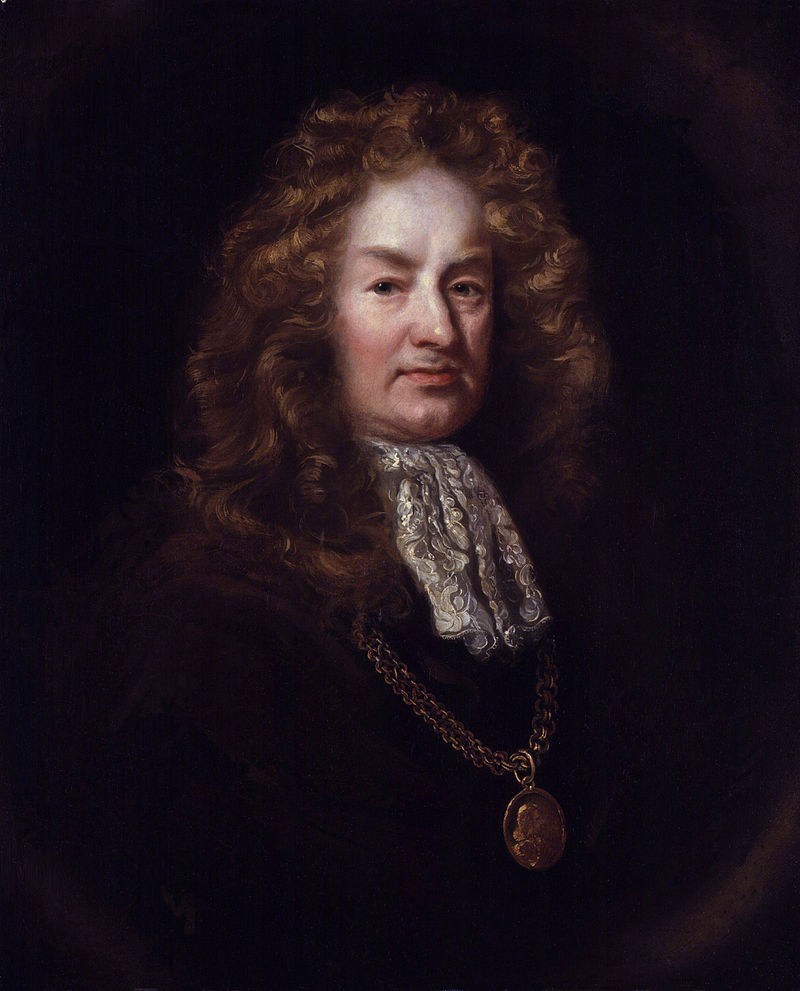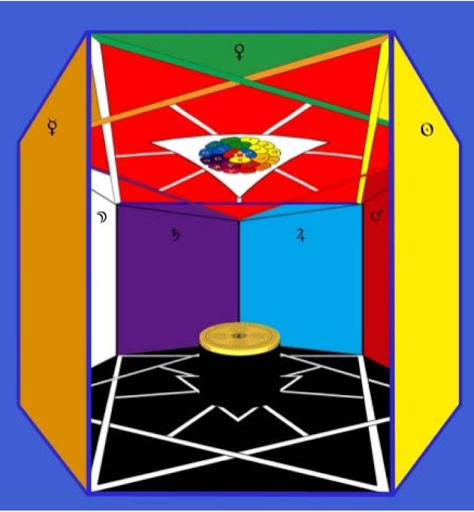

I. Definition of Training Piece
A. Purpose for Instructor
If you and nine of your colleagues were asked to find the best way to travel to Chicago for a conference beginning on Friday, would all of you choose the same route? What if 10 of your students were given the same task? In this instance, an individual’s interpretation of “best” will influence how he/she chooses to get to Chicago. Does best mean fastest? Cheapest? Would driving be the best method if you were able to bring your family on the trip? Would taking the train be the best means if you had never taken a train before or were afraid of flying? Even when directions or explanations are given clearly, individuals interpret them differently. The way we communicate with one another and interpret the communication depends on the way our brains translate the given task. And the way our brains translate depends on our brain dominance and preferred thinking styles. Our bodies provide examples of dominance between paired structures. We each have a favored hand, foot, and eye. We also have parts of our brains that we favor in given circumstances. These “favorites” make up our preferred thinking styles. These styles influence the way we teach and the way our students learn.
By the end of this module, you will be able to identify the 8 key characteristics of the brain and understand the four quadrants that make up the whole brain model. You will also be able to identify what thinking styles you prefer and develop a plan to assist your students to identify their preferred and less preferred styles and to use this information to be better learners.
B. Material Covered
This content module will introduce you to the basics of the brain dominance/thinking styles theory put forth by Ned Herrmann. It is a physiological approach to the way we think, learn and communicate. The module will review the basic characteristics of the four quadrants of Herrmann’s thinking and learning styles as well as offer practical application exercises, relevant research and helpful resources for those seeking more information.
II. Foundation
A. Definition of Concept & Theory
People learn in many different ways. The brain is the source of who we are and how we learn. Ned Herrmann combined research on right brain/ left brain differences with research on the Triune brain to create a metaphorical model that illustrates that each person basically has four brains when it comes to the process of thinking and learning. Depending on which quadrants we engage, our learning processes can be very different. Brain dominance leads to thinking style preferences, which impact what we pay attention to and how and what we learn best. Each of these four “brains” or quadrants is listed below with words that typically characterize a person who uses that thinking style. The four thinking styles are:
A: The Rational Self (Upper or Cerebral Left Brain)
B: The Safekeeping Self (Lower or Limbic Left Brain)
C: The Feeling Self (Lower or Limbic Right Brain)
D: The Experimental Self (Upper or Cerebral Right Brain)
| A Rational Self
knows how things work
knows about money
likes numbers
is realistic
is critical
is logical
quantifies
analyzes |
D Experimental Self
infers
imagines
is curious/plays
likes surprises
breaks rules
speculates
is impetuous takes risks |
| B Safekeeping Self
plans
timely
is neat
organizes
is reliable
gets things done
establishes procedures
takes preventative action |
C Feeling Self
feels
talks a lot
is emotional
is expressive
is supportive
touches a lot
likes to teach
is sensitive to others |
You may see yourself in more than one quadrant. The research indicates that people may use more than one style primarily. In fact, a majority of people has at least two primary quadrants. Each person can have primary preferences (areas of the brain he/she goes too easily and enjoys), secondary preferences (areas of the brain that can be and are accessed when necessary) and tertiary preferences (areas a person may have difficulty accessing or may even avoid). You also don’t need to identify with everything in the quadrant to have some strength there. People have varying degrees of dominance in the quadrants.
[There is an instrument available called the Herrmann Brain Dominance Instrument or HBDI that provides a full profile of an individual. A student thinking styles instrument is also in production. For more information, see section V]
Teaching and Learning Theory: This model allows students to see the full potential of the brain and their abilities and to take an honest look at where their preferences and avoidance’s are without confining themselves to simply one style or label as a thinker and learner. The model also proclaims that preferences are wonderful and knowing our preferences can give us powerful information about who we are and what type of work we might enjoy. But having a certain thinking or learning style does not excuse us from interacting with a world of varying styles. We need to understand how to communicate and learn from and teach others with different styles.
Each quadrant has preferred learning activities. The A quadrant thinkers prefer quantifying, analyzing, theorizing and processing logically. The B quadrant thinkers prefer organizing, sequencing, evaluating and practicing. The C quadrant thinkers prefer sharing, internalizing, moving and being involved. The D quadrant thinkers prefer exploring, discovering, conceptualizing and synthesizing.
B. Summary of Relevant Research
This module explores the whole brain model established by Ned Herrmann. Research indicates that there are eight key brain-thinking characteristics that impact the way we think and learn. Our brains are unique, specialized, situational, interconnected, iterative, dominant, malleable, and whole. Our brains are unique just like our fingerprints. No two people have the same brain pattern. Our brains are also specialized. Different areas of the brain are responsible for different functions including writing, seeing, naming, and hearing. Our brains are iterative because they have billions of neurons with millions of interconnections. Iteration means that we are able to move back and forth within our brains using different parts of our brains to complete complex tasks. We also use our brain situationally. We have the ability to “turn on” the part of the brain that we need in a given situation. Parts of our individual brains take dominance over other parts. Our brains are malleable and whole. The brain is so malleable that there are virtually no inherent constraints. All of these characteristics emphasize a whole brain that we each have access to, but certain parts of our brains become dominant determining our thinking and learning preferences.
There is a great body of research on the left brain/ right brain division and how it affects a person’s thought processes. Roger Sperry’s early work with schizophrenic patients is particularly intriguing. By now, most of us recognize left brain thinking to include analytic, fact-based and logical approaches and right brain thinking to include insightful creative approaches. Another researcher, Dr. Paul MacLean, proposed the Triune brain theory. His research indicates that we really have three brains each superimposed over the earlier brain: the reptilian brain, the limbic system and the neo-cortex. Both the limbic and the neocortex have two halves, a right and left side. Ned Herrmann combined Sperry’s work and MacLean’s research to create his whole brain model, which emphasizes the fact that there are really four parts of the brain where dominance’s exist: Cerebral left, Limbic Left, Limbic Right and Cerebral Right. These four styles were discussed in “Definition of Concept & Theory” as quadrants A, B, C, & D. This metaphorical model allows for variation among individuals who are “right brained” or “left brained” and along with the measurement of an individual’s level of mental preference for each of the quadrants creates a model that is more inclusive and more accurate for students who are interested in exploring their thinking and learning styles.
III. Benefits
A. Instructor
By learning about our own preferences and understanding the diversity of thinking styles our students possess, we are able to insure that students understand what we are teaching even if they have very different styles from our own. We can do this by incorporating elements and activities that reach all learning styles. For instance, an English teacher who assigns a paper and tells students the paper should be “as long as it takes to effectively make your argument” will be well received by students with primary preferences in D. But a student with a B preference is likely to be immobilized by the lack of specific direction. The instructor could alleviate much of the B student’s fear by simply giving a range of pages for the assignment and an outline of what makes an effective argument. An instructor who incorporates all learning styles into his teaching will find more receptive students experiencing less difficulty in his courses.
B. Student
It’s a diverse world, and probably the greatest diversity our students will ever encounter is the diversity of thinking styles because there are literally as many ways of thinking as there are people in the world. Collaboration and the ability to work effectively in a team environment is continually reported as one of the top attributes employers are looking for in college graduates. It is often ranked above professional content knowledge. The key to collaboration is effective communication, and the key to effective communication is to understand both yourself and your colleague. By helping students recognize their preferred and less preferred styles, we are also assisting them with college. Not all instructors will embrace the idea of adapting their teaching to all styles, and certain elements of life and learning will always favor certain styles. Students will be better prepared to negotiate these courses if they can understand the thinking style in use and adapt their studying and note-taking to their own more preferred styles. A student who learns to understand and appreciate all styles will more easily adapt to new challenges in college, at work and in his/her personal relationships.
IV. Implementation
A. Exploration Exercises for Instructor
Exploration 1:
To begin to determine your own preferred thinking and teaching styles, complete the exercise below by circling the 8 work elements that you enjoy the most. Which quadrants best represent your preferences as a teacher? Now, underline up to 4 work elements that you enjoy the least. Which quadrants are you least likely to explore in your teaching?
Thinking Styles Assessment for Educators

Exploration 2:
Choose a topic that you will be teaching in the next few weeks and integrate elements and activities that represent all 4 learning styles. Use the information below to assist you.
EXPECTATIONS OF THE LEARNER
| “A” Learner
Expects
- Precise, to the point, information
- Theory & logical rationales
- Proof of validity
- Research references
- Textbook reading
- Quantifiable numbers, data sets, problems
- Opportunity to ask challenging questions
- Subject matter expertise
Struggles with
- Expressing emotions
- Lack of logic
- Vague, imprecise concepts or ideas
|
“D” Learner
Expects
- Fun and spontaneity
- Playful, surprising approaches
- Pictures, metaphors, overviews
- Discovery of the content
- Freedom to explore
- Quick pace and variety in format
- Opportunity to experiment
- New ideas & concepts
Struggles with
- Time management and deadlines
- Administration and details
- Lack of flexibility
|
| “B” Learner
Expects
- An organized consistent approach
- Staying on track, on time
- Complete subject chunks
- A beginning, middle, and end
- Opportunity to practice & evaluate
- Practical applications
- Examples
- Clear instructions/expectations
Struggles with
- Risk
- Ambiguity
- Unclear expectations/directions
|
“C” Learner
Expects
- Group discussion & involvement
- To share & express feelings/ideas
- Kinesthetic, moving around
- Hands-on learning
- Personal connection with teacher/group
- Emotional involvement
- A user-friendly learning experience
- Use of all the senses
Struggles with
- Too much data and analysis
- Lack of personal feedback
- Pure lecture, lack of participation
|
Used by permission from the Ned Herrmann Group, 2075 Buffalo Creek Road, Lake Lure NC 28746
B. Student Exercises
Print out a copy of “Your Four Selves” from the “Definition of Concepts & Theory” section for each of your students. Have students put a “1” next to descriptors most like them, a “2” next to descriptors somewhat like them and a “3” next to descriptors least like them. Then have them tally each quadrant. Have students find the quadrant with the lowest score. This is likely to be the quadrant they prefer the most. Group students by preferred quadrants and have them discuss the following:
- Explain how these characteristics describe you.
- What courses or subjects do you like the most and why?
Now have the students find the quadrant with the highest score. This is likely to be the quadrant they least prefer. Group them again, this time with other students who share their least preferred quadrant and have them discuss the following questions:
- What would a course look like if the teacher taught entirely in this mode?
- What one characteristic from this quadrant’s list could you choose to try for a week? How would you begin?
C. Skill Connection
- New Technologies: Technology has added an array of possibilities for teaching and has made it easier than ever to create assignments that encourage all four thinking styles. The “A” learner has access to current research information on the web. The “B” learner appreciates the practical application that computer software and simulations provide. The “C” learner is able to communicate with both classmates and teachers through email and chat rooms. And the “D” learner can create his/her own learning with software presentation tools like Power Point and Inspiration. For more information about technology resources, view the New Technologies Module.
- Paired Courses: Another interesting way to meet the needs of all learners is to link or “pair” two courses. Students have the opportunity to see the relationship of the two subjects and explore the subjects with the assistance of two instructors. Instructors also have the advantage of working with a partner to help create environments that honor all learning styles. To further explore the concept of ways to integrate all four styles into teaching, visit the Paired Courses Module.
V. Frequently Asked Questions
Q: If I know all my students are primarily C quadrant learners, should I direct all my teaching methods to that quadrant?
A: No. Even if all of your students were entirely C quadrant learners (with tertiary preferences in the other three quadrants) and you had the same profile, this wouldn’t be the most effective method of teaching. You would probably have a very happy and harmonious classroom, but your students would be missing out on some important lessons. Research suggests that students learn best when they have moments in class where they are working in their preferred learning styles. This gives them the opportunity to feel comfortable and connect with the material. But research also suggests that it’s equally important for students to experience other styles, so they can expand their repertoire and be prepared when they encounter teachers, bosses and even spouses with different preferred styles.
Q: Is the brain dominance theory and the whole brain concept valid? What proof exists?
A: The brain dominance concept has been strongly validated in a number of different ways; First, through the research and experimentation of leaders in the field including Roger Sperry, Robert Ornstein, Henry Mintzberg, and Michael Gazzanniga. Secondly, it has been validated by the hundreds of EEG experiments carried out personally by Ned Herrmann. Third, it has been further validated by the public demonstrations conducted by Ned Herrmann over the past 15 years. Fourth, it has been validated by specific validation studies carried out by C. Victor Bunderson and James Olsen of Wicat and later by C. Victor Bunderson and Kevin Ho, and in parallel with those studies by validation experiments carried out by Schadty and Potvin at the University of Texas. Additional validation comes from the more than 60 doctoral dissertations based on both the HBDI and the whole brain concept.
VI. Helpful Resources
Learn more about the Herrmann Whole Brain Model or the Herrmann Brain Dominance Instrument (HBDI):
http://www.hbdi.com. This web site provides detailed information on the HBDI and validity of the model. It also provides information about books and articles written by Ned Herrmann including The Creative Brain.
Learn more about left brain/right brain theory and learning styles:
http://ase.tufts.edu/cte/occasional_papers/l-style.htm. This web site, created by the Center for Teaching Excellence, provides a variety of learning style application exercises.
http://www2.ncsu.edu/unity/lockers/users/f/felder/public/Papers/LS-Prism.htm. This web site examines four learning style models that have been used effectively in education: The Myers-Briggs Type Indicator (MBTI)
Kolb’s Learning Style Model
Herrmann Brain Dominance Instrument (HBDI)
Felder-Silverman Learning Style Model
http://www.2learn.ca/Profgrowth/lngstylesup1.html. This web site designed by Because We Care Education Society of Alberta provides a wealth of links to various learning style inventories.
Workshop Information
www.facultytraining.com to attend a workshop on this topic or bring one to your campus, visit this site or call Faculty Training at (800) 856-5727.
 SOURCE: Houghton Mifflin College – Thinking Styles and Learning Styles – Printer Friendly (cengage.com)
SOURCE: Houghton Mifflin College – Thinking Styles and Learning Styles – Printer Friendly (cengage.com)




